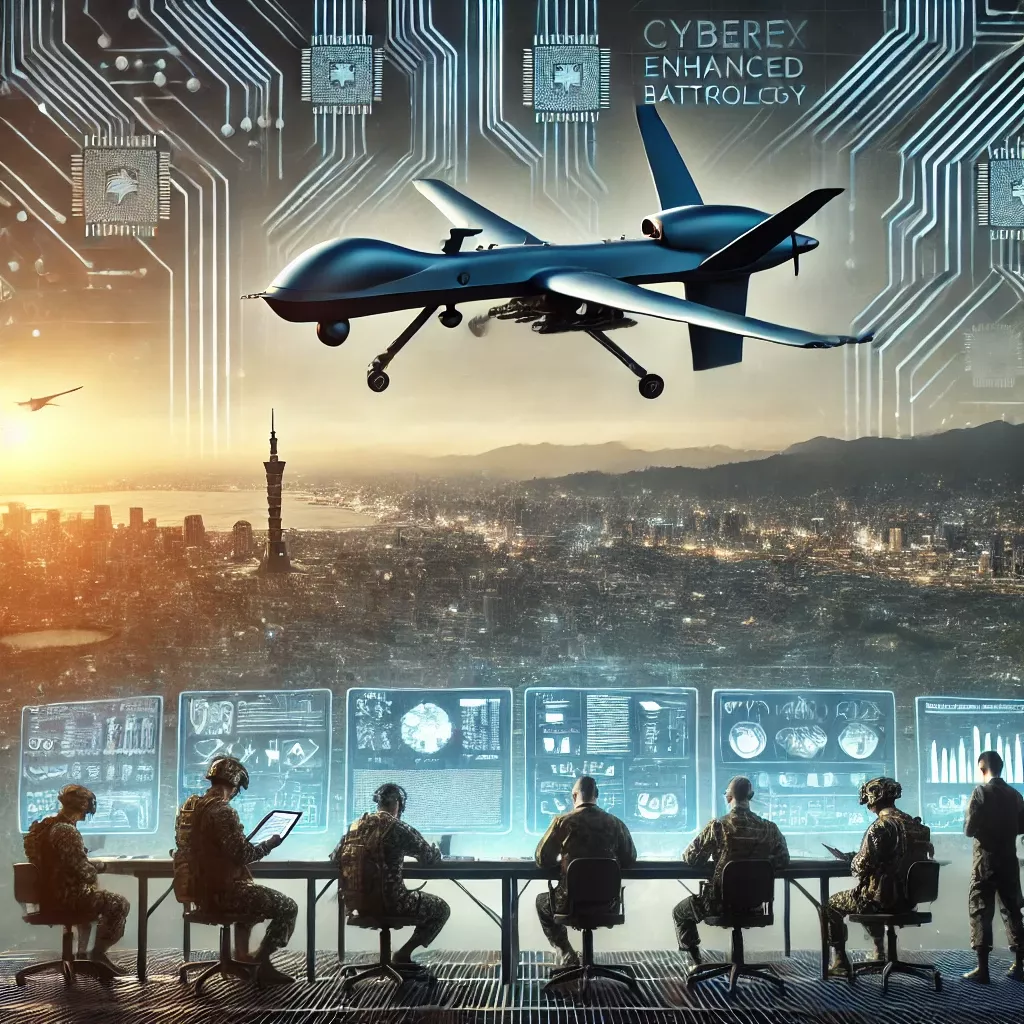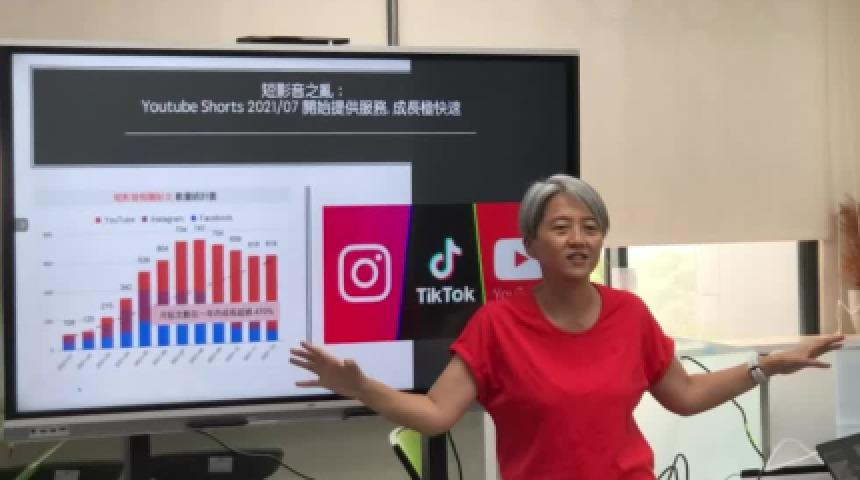「矽盾」未來在無人機戰場?台灣如何強化國防優勢

「矽盾」未來在無人機戰場?台灣如何強化國防優勢
The Future of the "Silicon Shield": Drones and Taiwan's Defense Strategy
台積電赴美擴張,能否真正改變全球晶片市場?
TSMC Expands to the U.S.—But Can It Truly Reshape the Global Chip Market?
2025年3月,美國總統川普宣布台積電將加碼投資美國,這與拜登時期美國政府砸錢邀請台積電設廠不同,川普認為是他的關稅政策奏效,讓台積電「自願」投資千億美元,並創造數萬個工作機會。然而,台積電進軍美國是否能如預期般帶來變革,仍有諸多挑戰。
In March 2025, U.S. President Donald Trump announced that TSMC would increase its investment in the United States. Unlike the Biden administration's financial incentives, Trump claimed his tariff policies had worked, prompting TSMC to "voluntarily" invest $100 billion and create thousands of jobs. However, whether TSMC's U.S. expansion will truly bring the expected transformation remains uncertain.
台積電創辦人張忠謀曾坦言,台積電在美國設廠的挑戰,包括高昂的成本、人才短缺與文化差異,至今仍未完全克服。專家Chris Miller認為,美國若無法解決人才匱乏的問題,仍難以超越台灣的半導體優勢。
TSMC founder Morris Chang has admitted that building fabs in the U.S. comes with challenges such as high costs, labor shortages, and cultural differences—issues that remain unresolved. Expert Chris Miller believes that unless the U.S. can address its talent shortage, it will struggle to surpass Taiwan's semiconductor dominance.
美中AI競賽升溫,「中國製造2025」恐成最大變數
U.S.-China AI Race Heats Up: Is "Made in China 2025" a Game Changer?
美國政府近來對中國科技企業施加更嚴格的限制,尤其鎖定半導體與AI產業。然而,2025年2月中國AI企業DeepSeek推出新型聊天機器人,以更低的成本達到接近OpenAI的水準,震撼全球市場。更令人關注的是,DeepSeek聲稱使用完全國產的GPU與晶片,讓「中國製造2025」的野心浮上檯面。
The U.S. government has tightened restrictions on Chinese tech firms, particularly in the semiconductor and AI sectors. However, in February 2025, Chinese AI company DeepSeek shocked the market with a new chatbot that rivaled OpenAI’s capabilities at a lower cost. Even more concerning, DeepSeek claimed to use entirely domestically produced GPUs and chips, bringing China's "Made in China 2025" ambitions into focus.
Chris指出,中國政府正在砸下巨資發展本土半導體產業,雖然技術仍有短板,但隨著中國市場規模擴大、技術進步,未來將成為美國及其盟友的嚴峻挑戰。
Chris Miller pointed out that China is investing heavily in its domestic semiconductor industry. While technical gaps remain, China's massive market size and rapid advancements could pose a serious challenge to the U.S. and its allies.
無人機改變戰爭模式,台灣應如何布局?
Drones Are Reshaping Warfare—How Should Taiwan Prepare?
近年來,無人機已成為現代戰場的核心戰力。烏克蘭戰爭與以巴衝突顯示,無人機不僅用於偵察,更能進行精準打擊。據《紐約時報》報導,過去三年,烏克蘭戰場上約70%的傷亡來自無人機攻擊,顯示這項技術已經徹底改變戰爭模式。
In recent years, drones have become a key force in modern warfare. Conflicts in Ukraine and the Middle East have shown that drones are no longer just for reconnaissance—they are now essential for precision strikes. According to The New York Times, approximately 70% of casualties in Ukraine over the past three years were caused by drone attacks, proving that this technology has fundamentally changed how wars are fought.
Chris強調,半導體技術對無人機發展至關重要,台灣作為全球晶片供應鏈的重要一環,應將無人機產業視為「矽盾」的延伸。未來,台灣若能強化無人機的自主研發與量產能力,將能提升自身防衛能力,並在全球國防市場中占有一席之地。
Chris Miller stressed that semiconductor technology is crucial for drone development. As a key player in the global chip supply chain, Taiwan should view the drone industry as an extension of its "Silicon Shield." If Taiwan can enhance its independent R&D and mass production of drones, it will not only strengthen its defense capabilities but also secure a position in the global defense market.
台灣在晶片產業擁有無可取代的優勢,但面對未來戰爭型態的轉變,單靠「矽盾」已不足夠。如何利用無人機技術提升國防韌性,將是台灣下一步必須思考的關鍵問題。
Taiwan has an irreplaceable advantage in the chip industry, but as warfare evolves, the "Silicon Shield" alone may no longer be enough. How Taiwan leverages drone technology to enhance its defense resilience will be a critical question for the future.





回應文章建議規則: